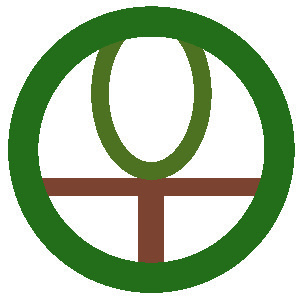ACORNS
Pt. 1
For humans and other animals, acorns have provided life-sustaining proteins over the centuries.
But before we delve into their nutritional value, we should examine their structure.
Each of the over 450 species of oak trees (genus Querucs) grow acorns. Even though the overall size and shape of these vary from one species to another, they all have the same basic structure shown below.

A) Cupule B) Pericarp (fruit wall) C) Testa (seed coat) D) Cotyledons
E) Plumule F) Radicle G) Remains of style*
The sizes range from ½ to 2 ½ inches long and ½ to 1 ½ inches in diameter. The pericarp can be green, golden, or brown. The cupule can sit daintily atop the fruit like a jaunty hat (some with fringes!) or almost completely cover it.
As we head into autumn we might even be lucky enough to spy some squirrels starting to gather a hoard for winter.
***In the next posting, I will go into acorns as a food source.
*From Wikipedia: https://en.wikipedia.org/wiki/Acorn
9/22

